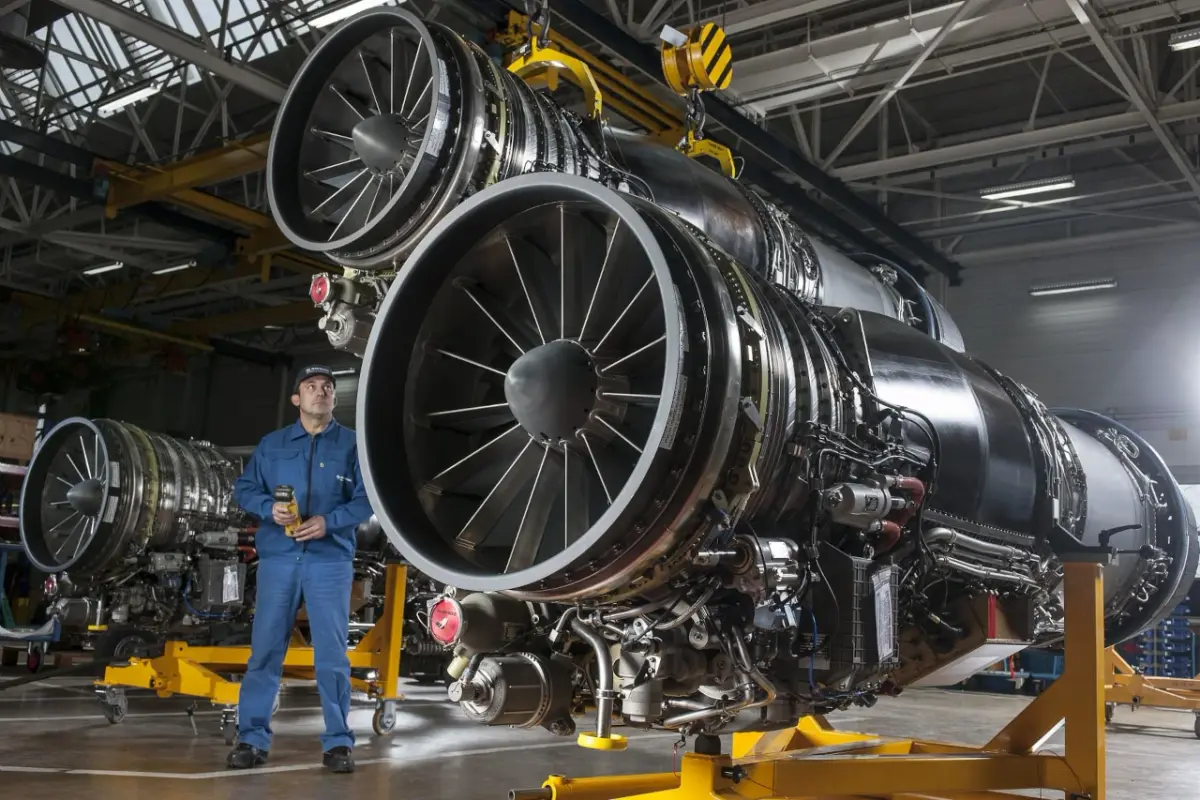SOURCE: RAUNAK KUNDE / NEWS BEAT / IDRW.ORG


In a significant development for India’s aerospace sector, a 120 kN indigenous engine is set to power the Advanced Medium Combat Aircraft (AMCA), marking a major milestone in the country’s pursuit of self-reliance in defense technology. According to sources, this ambitious project has overcome long-standing challenges and is now on the verge of becoming one of India’s most prestigious military aerospace programs.
For years, indigenous defense programs in India have faced significant obstacles, not due to a lack of funding, but rather the absence of unified will among stakeholders. However, the AMCA engine project has seen a renewed strategic thrust, with key domestic partners—GTRE (Gas Turbine Research Establishment), the Indian Air Force (IAF), CEMILAC (Centre for Military Airworthiness and Certification), and academic institutions—working in tandem. This collaboration has been pivotal in addressing past shortcomings and driving the project forward.
The development of a next-generation fighter engine requires cutting-edge expertise, a gap that has now been meticulously analyzed and addressed. Major global Original Equipment Manufacturers (OEMs) have been consulted for some time, providing critical insights on a “war footing” to accelerate progress. These consultations have helped India align its technological capabilities with global standards, ensuring the 120 kN engine meets the rigorous demands of modern aerial combat.
A proposal for the 120 kN engine, intended to power the AMCA in collaboration with private firms, has reached the pre-sanction stage. Senior government stakeholders are actively monitoring the project’s progress, signaling strong political and administrative support. If approved, this could become one of India’s most high-value military aerospace initiatives to date, with the project sanction file expected to reach a top office for critical review and final approval soon.
GTRE, a premier defense research organization under India’s DRDO (Defence Research and Development Organisation), has a long history of working on aero-engine technologies, including the Kaveri engine project. Despite earlier setbacks with the Kaveri, GTRE has gained valuable experience, which is now being leveraged for the 120 kN engine development. The AMCA, envisioned as a fifth-generation stealth fighter, requires an engine that can deliver high thrust while maintaining a low radar signature—specifications that the new engine aims to meet.
NOTE: Article cannot be reproduced without written permission of idrw.org in any form even for YouTube Videos to avoid Copy right strikes. Websites doing illegal reproductions will get DMCA and Legal Notices.